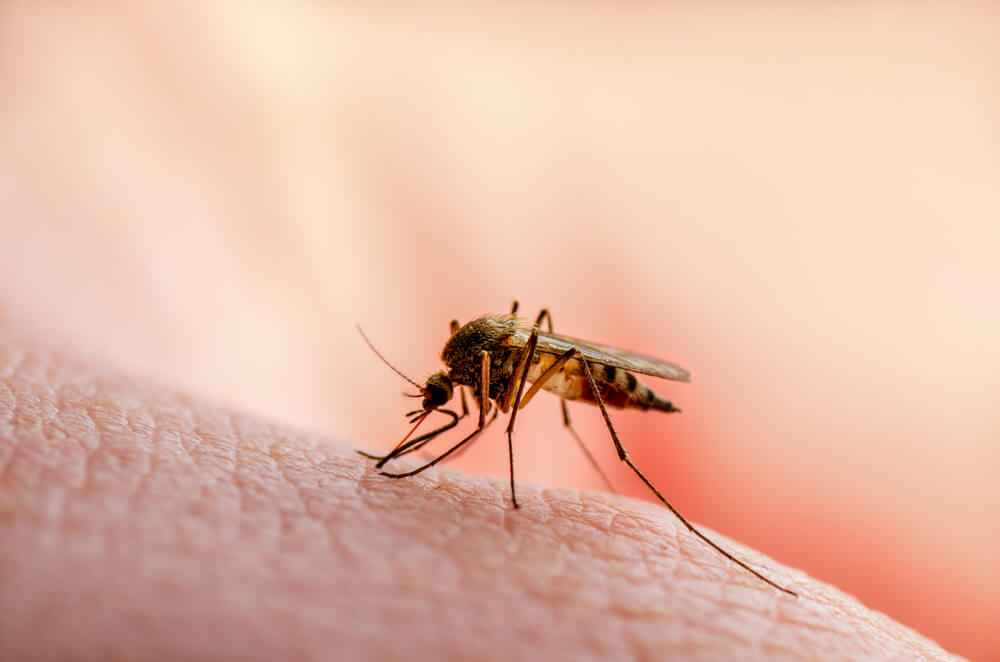Understanding Malaria: An Overview of the Disease and Its Symptoms

Malaria is a mosquito-borne infectious disease that continues to affect millions of people worldwide, primarily in tropical and subtropical regions. It is a potentially life-threatening illness caused by parasites of the Plasmodium genus. To effectively combat and prevent malaria, it's crucial to have a comprehensive understanding of the disease and its symptoms.
What Is Malaria?
Malaria is caused by Plasmodium parasites, which are transmitted to humans through the bite of infected female Anopheles mosquitoes. Once inside the human body, these parasites multiply and develop, causing various symptoms that can range from mild to severe. There are five different species of Plasmodium that can infect humans, with P. falciparum being the most deadly.
Common Symptoms
The symptoms of malaria can manifest within a week or even several weeks after being bitten by an infected mosquito. These symptoms can be non-specific and might initially resemble the flu or other common illnesses. The most common malaria symptoms include:
Fever: One of the hallmark symptoms of malaria is a high fever, which can be cyclic in nature, recurring at specific intervals depending on the type of Plasmodium parasite responsible for the infection.
Chills and Sweats: People with malaria often experience severe chills followed by profuse sweating as the fever breaks.
Malaria is a mosquito-borne infectious disease that continues to affect millions of people worldwide, primarily in tropical and subtropical regions. Malaria can cause intense headaches that can be debilitating.
Fatigue: Malaria can lead to extreme tiredness and fatigue, often making it difficult for affected individuals to perform daily activities.
Muscle and Joint Pain: Pain in the muscles and joints is a common complaint among malaria patients.
Nausea and Vomiting: Nausea and vomiting are frequent symptoms, and they can be quite severe, leading to dehydration in some cases.
Cough: Some malaria cases can lead to a dry, persistent cough.
Abdominal Pain: In severe cases, malaria can cause abdominal pain due to enlargement of the spleen or liver.
Anemia: Chronic or repeated malaria infections can lead to anemia due to the destruction of red blood cells.
Severe Malaria
If left untreated, malaria can progress to severe and life-threatening forms. Severe malaria is more common with P. falciparum infections and can manifest with symptoms such as:
Impaired Consciousness: Confusion, seizures, or even coma can occur in severe cases.
Respiratory Distress: Breathing difficulties and acute respiratory distress syndrome (ARDS) can develop.
Jaundice: Yellowing of the skin and eyes due to liver dysfunction.
Hemoglobinuria: A condition where the urine becomes dark or brown due to the destruction of red blood cells.
Low Blood Pressure: Severe malaria can lead to shock and dangerously low blood pressure.
Organ Failure: Severe malaria can result in multiple organ failures, including kidney and liver failure.
It's important to note that prompt and effective treatment is essential when severe malaria is suspected. Delaying treatment can increase the risk of complications and death.
Protecting Yourself during Travel
For travelers, especially those heading to malaria-endemic regions, it is crucial to consult a travel clinic or healthcare professional. These experts can provide advice on preventive measures, such as the use of antimalarial medications, insect repellents, and bed nets. Additionally, staying informed about local conditions and taking necessary precautions is essential to ensure a safe and enjoyable journey.
In conclusion, staying well-informed about malaria and its symptoms is the first line of defense when traveling to areas at risk. By seeking guidance from a travel clinic and taking preventive measures, you can significantly reduce the chances of encountering this potentially life-threatening disease during your adventures.






